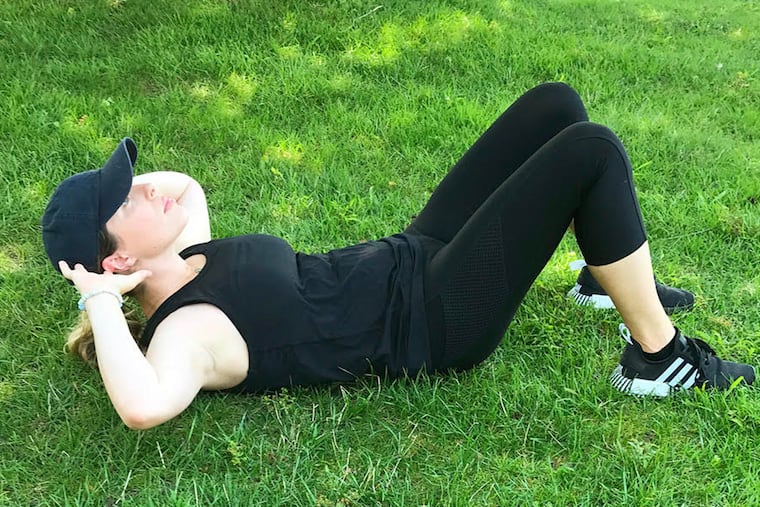3 common core exercises you’re probably doing wrong
By taking a few minutes to check your alignment and positioning, you can prevent years of pain in the future.

Is faulty form fouling up your core training? We know exercise is essential for staying fit, healthy, and independent. But what many don’t realize is how often exercises are performed incorrectly.
Poor form is a dangerous body-building blunder, and it’s particularly common during popular abdominal activities such as sit-ups, crunches, and planks. Any time there is a minor miscalculation in how these stomach strengthening movements are executed, the safety of the spine and neck are compromised.
Whether you’re just embarking on your health and wellness journey, or have been performing these fitness favorites forever, it’s always a good idea to brush up on your form. By taking a few minutes to check your alignment and positioning now, you can prevent years of pain in the future.
The foundation of a successful workout starts with your form. Secure your core with the following form checklist:
Sit-ups. For ages, the sit-up has been the go-to move for molding the midsection. And although sit-ups will target the tummy, they work only when done accurately.
When performing a sit-up, we tend to compensate for weak core muscles by tugging at the neck and head rather than engaging the abs to lift the torso. The midsection is the only location where soreness should occur after performing sit-ups. So if you’re feeling tightness in your neck, that’s a good indication that your form is faulty.
Here’s how to perform a proper sit-up:
Begin on your back on a carpeted surface or mat.
Bend your knees and firmly plant your feet on the floor throughout your repetitions. Either cross your arms across your chest or bring them behind your head so your fingers are lightly grazing your ears. Your chin is neutral, neck is relaxed, and shoulder blades in contact with the floor.
Inhale and on the exhale, use your core muscles to slowly lift your entire torso off the floor and up toward your thighs. On the inhale, return your torso to the floor.
Crunches. The sit-up and the crunch may be part of the same fitness family, but there is one specific feature that differentiates them: Crunches work only the abs, not the stabilizer muscles in the legs and lower back. So if your goal is to isolate the abdominal muscles, this is a good exercise for you.
Start from the same position used for the sit-up.
Inhale and on the exhale, use your abdominal muscles to lift your shoulders off the floor. On the lowering phase, inhale to return your upper body slowly back down.
Planks. Compared with the sit-up and the crunch, the plank is a far superior exercise due to how it engages not only the abdominal area but also the major muscle groups in the back, chest, and pelvis. Another fun fact about the plank is that there are multiple modifications to make it more manageable for beginners or to increase the challenge for advanced exercisers.
For this isometric activity to be beneficial, alignment is key.
Begin by distributing your weight evenly between your forearms and toes.
Your shoulders should be stacked over your elbows, spine straight, and neck neutral. Avoid dipping or hiking your hips, or letting your head droop.
Ashley Blake Greenblatt is a certified personal trainer and wellness coach in South Jersey. To learn more about her virtual training program, go to ashleyblakefitness.com.